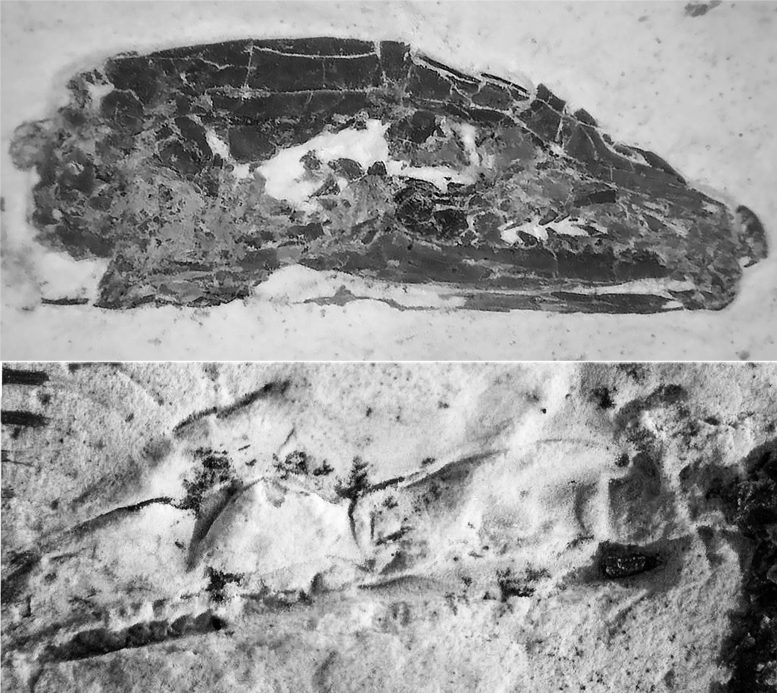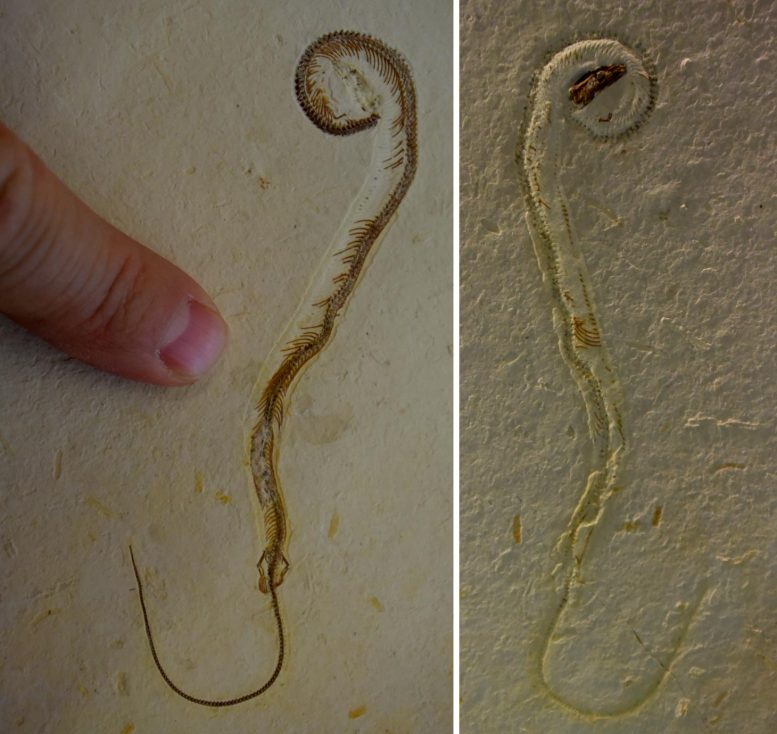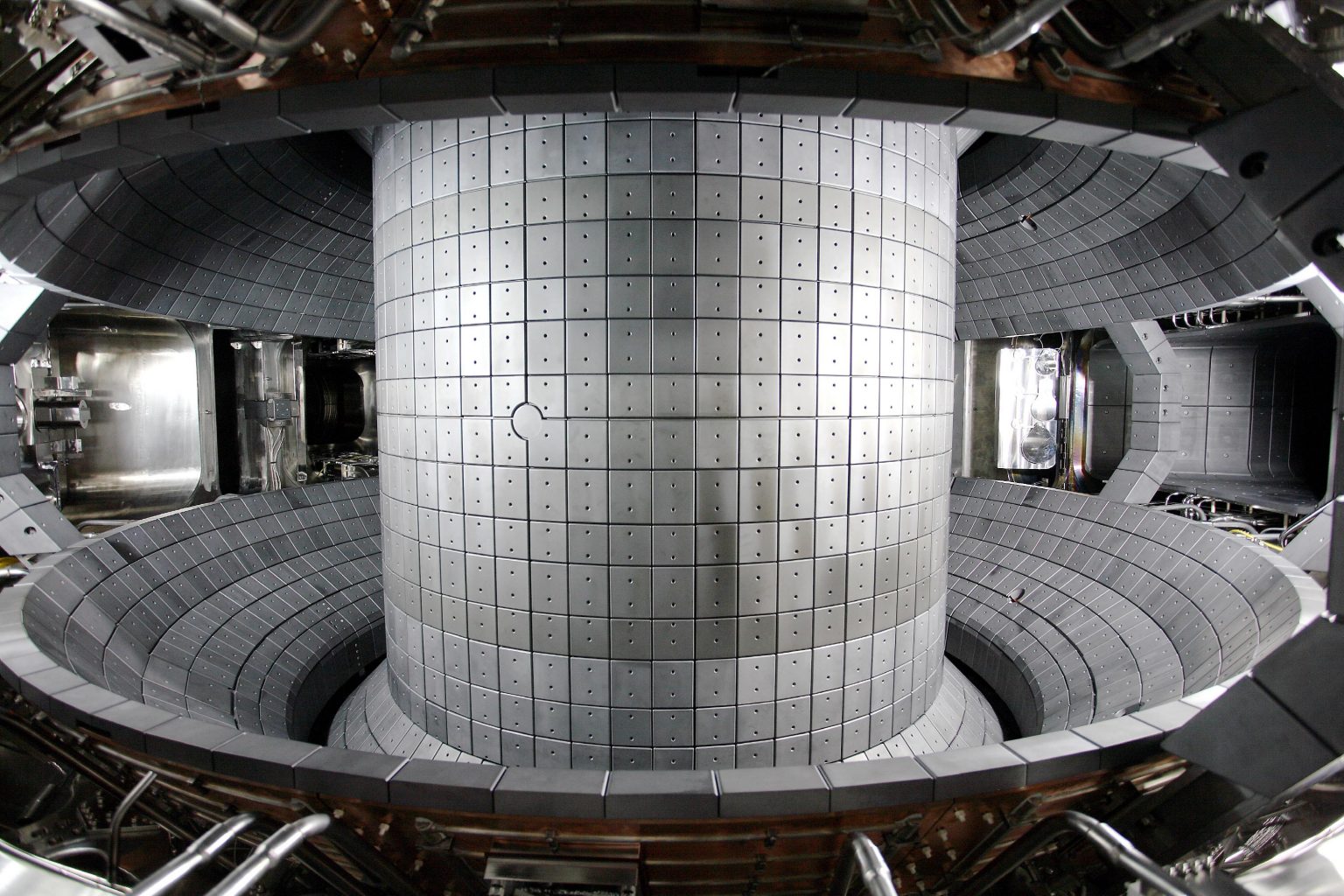
Localized flooding in Huntingdon at approximately 10:30 a.m., Nov. 28.
City warns short amount of time before all roads to Sumas close
PATRICK PENNER
Nov. 28, 2021
The City of Sumas has sounded their flood sirens. The Nooksack River has breached its banks in Everson and is flowing across Main Street and into Abbotsford.
The alarm was sounded at 3:13 p.m., and the city has warned there may be a short amount of time before all roads in and out of Sumas could close.
“After that point, it will be safer to shelter in place. Please make any necessary preparations now,” the city said.
Mayor Henry Braun said earlier at a press conference this afternoon, that once the water crosses Main Street, there is nothing to stop it from flowing into Abbotsford.
The Canadian Armed Forces have been sandbagging Huntingdon Village along the U.S. border to divert the flow of the water into the eastern side of the Sumas Prairie, which is already flooded.
RELATED: Nooksack River overflow expected to cross into Abbotsford Sunday as more rain forecasted

David Molko
CTV News Vancouver Senior Reporter
Published Nov. 27, 2021
ABBOTSFORD, B.C. -
You might call the Dykman family veterans of the floods.
When their dairy farm, the Dykman Cattle Company, flooded nearly two weeks ago, it was the worst Cynthia Dykman had ever seen in her two decades on the western edge Sumas Prairie.
But it was far from the first time.
“It’s happened three times, and the last time was only a year and a half ago,” Dykman tells me.
“I get angrier every time.”
The Dykmans, who together managed to save nearly all of their 800 cattle and 300 calves, have been hit hard before.
In the last few years, they had their entire home physically lifted four feet.
It still wasn’t enough.
The latest surge, widely understood to be overflow from Washington State’s Nooksack River, filled their first floor by nearly two feet.
“If we didn’t have our higher barn, we would have lost all of our cattle,” Cynthia says.
In that new barn, which sits about 13 feet higher than the old one, we meet her two sons, Colby and Tanner.
On the night of the flood, they say, they saw the water coming from the south.
They scrambled in chest-deep water to move cattle up from the old barn to the new one.
All the calves were hauled to safety in a front-end loader, the family says.
“Knowing that they all would have been dead if we didn’t do what we did is really why we do it,” Colby says.
“It’s a pretty good feeling,” Tanner adds.
Daughters Alanna Harvey and Mariah were involved with the rescues, too.
“I said, ‘Mariah bring a boat,’” Alanna recalls. “She said, ‘What?’ I said, ‘Bring a boat. We need a boat now.’”
Over the past two weeks, Abbotsford’s mayor, Henry Braun, has repeatedly pointed to overflow from the Nooksack, which is part of the Mount Baker watershed, as the primary cause of catastrophic flooding.
The river normally charts a course toward the northwest.
But in times of high-water, it overruns into creeks, fields, even the Sumas River, and heads north.
The river has been the subject of numerous studies over the years, most notably in a flood mitigation report commissioned by the city and finished in late 2020.
It’s also something the Prime Minister has discussed with the U.S. President.
But Cynthia’s husband Ted Dykman wants more than studies and discussions. He wants action.
“I guess it’s the same feeling I always have,” the father of four says. “Why can’t the Americans do something about this problem?”
When we head out to take a closer look, our first stop is the railroad track that runs east to west between the Dykman farm and the border.
It penned the first floodwaters like a dike that night, Ted points out, but eventually, it broke.
He remembers somewhere between eight and 10 floods hitting the farm over the last 30 years.
“Disappointment. Frustration,” he says, when I ask him to describe what’s going through his head, with potentially more floodwaters on the way Sunday.
“This did not have to happen,” he says.
But this time, it seems, Ted and Cynthia Dykman are hopeful.
They’re hopeful that the scale of this year’s flooding – which turned the eastern end of Sumas Prairie back into the lake it once was and drove thousands from their homes – will prompt tangible changes on the ground, once and for all.
They say it doesn’t matter whether the Americans dredge their river and raise dikes across the line or Canada builds its own, as long as something gets done to prevent a recurring disaster Ted says he believes was entirely preventable.
In the meantime, they’re ready to go.
Before I head out, Cynthia shows me the storm drain steps from their driveway.
“If the water comes up here,” she says, “I know we’re in trouble.”


















